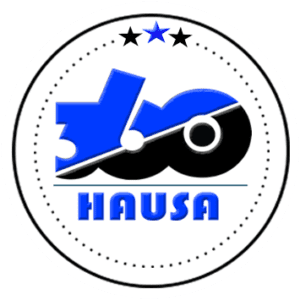In a significant leap forward for the developer experience, GitHub has unveiled a powerful approach to dramatically reduce iOS application testing times. This innovation leverages the exceptional processing capabilities of Apple Silicon-powered macOS runners seamlessly integrated into their CI/CD pipelines, as detailed on the GitHub Blog [Check Here].
Embracing the Power of Apple Silicon:
Through a collaborative effort, the GitHub iOS and GitHub Actions teams strategically integrated Apple Silicon-equipped macOS runners into their workflows. This proactive approach provided a platform for rigorous testing of upcoming runner images and hardware well ahead of their public release. The introduction of M1 macOS runners, readily available for free use in public repositories, has revolutionized performance for resource-intensive CI jobs within the GitHub CI/CD pipeline.
Boosting Testing Efficiency:
Previously, the GitHub iOS team relied on a single, monolithic workflow for building and testing their entire codebase, resulting in a testing time of 38 minutes. Recognizing the potential of Apple Silicon’s processing prowess, the team implemented a strategic shift. By migrating to M1 macOS runners and meticulously segmenting their test suite into individual jobs for each module, they achieved a remarkable 60% reduction in testing time, bringing it down to a lean 15 minutes.
This modular approach offers several benefits:
- Accelerated Feedback Loops: Developers receive test results more promptly, enabling them to identify and address issues swiftly, fostering a more agile development process.
- Enhanced Issue Resolution: Pinpointing problems within specific modules becomes more straightforward, streamlining the debugging process.
The efficiency gains extend beyond speed. Some smaller modules completed testing in a mere 2-3 minutes, significantly enhancing developer productivity.
Related Post: Unveiling iOS 18: A Comprehensive Look at Apple’s Upcoming Mobile Revolution
Breaking Down the Monolith:
The key to unlocking these gains involved dismantling the monolithic build and test process into a series of smaller, independent jobs. This granular approach fosters faster feedback loops and expedites issue identification, ultimately streamlining the entire development workflow.
Each build request is meticulously managed by GitHub Actions, which provisions the required virtual machines to execute the workflow. This streamlined orchestration ensures CI jobs are efficiently distributed across available resources, optimizing resource utilization.
Optimizing CI Performance:
Further optimizations were implemented by separating each module’s CI process into distinct build and test phases. This was achieved by leveraging xcodebuild‘s built-in build-without-testing and test-without-building features. By isolating these steps, the team could pinpoint time-consuming tests and refine them for optimal performance, ensuring a more efficient CI process.
Advantages of Apple Silicon:
The adoption of Apple Silicon yields a multitude of advantages:
- Enhanced Build Performance: Experience noticeably faster build times, accelerating the overall development cycle.
- Increased Reliability: Benefit from a more stable testing environment, reducing the risk of test failures due to hardware inconsistencies.
- Native Testing: Conduct native testing across all Apple platforms (iOS, iPadOS, watchOS, tvOS) without encountering cross-compilation or emulation hurdles. Compatibility with the latest versions of these platforms is also guaranteed.
- Concurrent Runner Support: Take advantage of concurrent runners to execute parallel tests, further accelerating the testing process and enabling faster delivery cycles.
Getting Started with macOS Runners:
Integrating GitHub-hosted macOS runners is a breeze – all it takes is a YAML-driven configuration within your workflow file. This seamless integration empowers development teams to harness the power of Apple Silicon and significantly streamline their CI/CD pipelines.
Conclusion:
With these groundbreaking advancements, GitHub continues to empower developers to achieve new heights of productivity and efficiency. By leveraging Apple Silicon, teams can now deliver high-quality applications at an unprecedented pace, ensuring a competitive edge in the ever-evolving mobile landscape.





